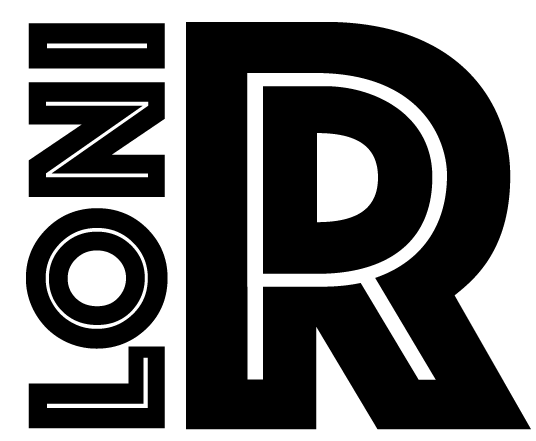- The lingual gyrus is located on the inferior aspect of the brain. The anterior boundary of the lingual gyrus is denoted by the posterior endpoint of the corpus callosum; the inferior boundary of the gyrus is the collateral sulcus and the superior boundary is the calcarine fissure. The lingual gyrus ends at the junction of the calcarine fissure and the posterior transverse collateral sulcus at the most posterior point of the brain. (Fig. 1, Fig. 2, Fig. 3)
- Begin masking the lingual gyrus in the coronal view once the corpus callosum ends (Fig. 4, Fig. 5). Mask the collateral sulcus to its internal end point, then draw a straight line to the internal endpoint of the calcarine fissure. Follow the calcarine fissure to its lateral end, and include all matter within these boundaries.
- Moving posteriorly, the collateral sulcus becomes difficult to see. At this point, it is useful to reference the 3D object model to find the collateral sulcus. If the collateral sulcus is difficult to differentiate even in the 3D object model, rely on the symmetry of the lingual gyrus in the left and right hemispheres. (Fig. 6, Fig. 7)
- At the posterior end of the brain, the posterior tranverse collateral sulcus becomes visible. At this point mask the posterior transverse collateral sulcus to its internal endpoint and draw a straight line to the internal endpoint of the calcarine fissure. Fill in everything within these boundaries and the interhemispheric fissure. Continue this step until reaching the posterior end of the brain. (Fig. 8, Fig. 9)



